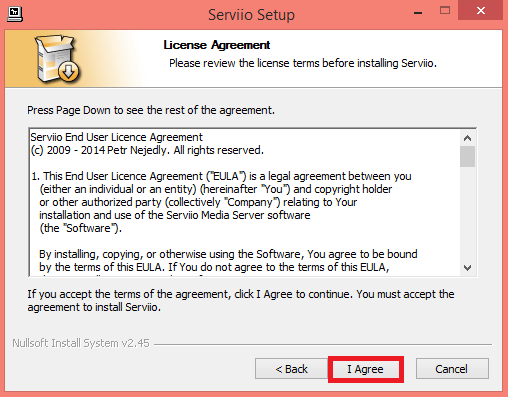

Everything else shows up as "Unrecognized Device" with a "Generic DLNA Profile." At first I couldn't match any of the addresses with devices here in the PC Labs, and I couldn't find any guidance online. If Serviio recognizes the device, like the Xbox One I tested on, it will display a more detailed profile.

This tab presents you with a list of every device on your network and its IP address. However, wrapping your head around the Status tab is mandatory to get anything out of Serviio. Taking Serviio outside the home is a potentially great feature, but the last thing this program needs is another technical challenge to overcome, which is what remote access represents. But if you can get it to work you'll be able to access your server and its content anywhere from any compatible device as long as you are connected to the Internet. This feature only works with certain routers, and setting it up requires modifying your firewall permissions. You can create a password, change media quality, or block remote access all together. The Remote tab controls access to the server for outside devices not connected to your network. The Remote and Status tabs are where things start to get tricky. The Delivery tab lets you adjust the quality of uploaded files, turn on subtitles, change where transcoded files are stored, and even choose how many CPU cores to use while transcoding. It's best to make separate folders for different media types like video, audio, and photos. In the Library tab you enter which folders you want Serviio to scan and make available on the server. Besides, having so many options is a major edge Serviio has over simpler, more accessible media servers I've tested. You'll be tempted to hide these features, but if you do you'll be even more powerless to remedy the inevitable connection issues. The drab and unfriendly control panel displays the lengthy list of advanced features by default. Installation and Setup Downloading and launching Serviio on your PC, Mac, Linux box, or NAS device is simple enough, but from there you'll need some moderate technical knowledge to actually get your server up and running. That might be a better option if you don't want to dedicate a computer's hard drive to host your media. You can also use network-attached storage (NAS) and run a server quietly in the background with little maintenance.
#How to open the serviio console software
You can set up a home media server by installing software like Serviio on a single computer and housing all your music, photos, and video there. While devices must be connected to the same wired or wireless network, home media servers offer more control than products and services like Google Chromecast and Dropbox, which allow content streaming and sharing. Why Use a Media Server?Home media server software like Serviio allows you to share content across devices like phones, televisions, game consoles, and any other Digital Living Network Alliance (DLNA) compatible device.


 0 kommentar(er)
0 kommentar(er)
